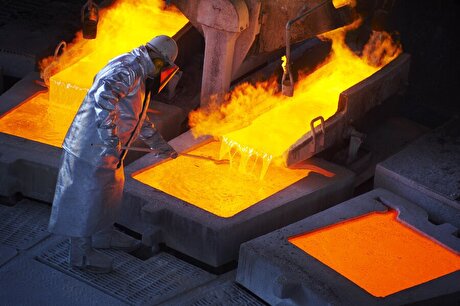
World Bank Predicts 8.7% Contraction for Iran in Fiscal 2019-20

The plummeting exports comes after the expiration of US waivers to major importers of Iranian oil and tightening of banking restrictions in addition to new sanctions being imposed on the country’s petrochemical, metals, mining and maritime sectors.
The expected deterioration in economic growth would mean that by the end of 2019-20, the economy would be 90% of its previous size compared to just two years earlier, the World Bank said in an autumn economic update released on Oct. 9. Below is the full text:
The oil sector decline, coupled with international trade and capital flow restrictions, has negatively influenced economic activity in key non-oil sectors, including automotive, machinery and construction, that have faced supply chain challenges and higher operational costs.
In August 2019, the housing sector registered the lowest volume of sales in six years while prices rose by around 78% year-on-year. On the supply side, these developments among other shocks such as recent floods and earthquakes, are likely to result in further stagnation in the services sector, the largest production component of GDP (56% share in 2017-18).
Similarly, the GDP expenditure components are to be strongly influenced by the shock to exports. However, the simultaneous reduction in imports is expected to moderate part of the downward pressure on the trade balance and the current account.
Real government consumption is also expected to contract at a faster rate of 5.4% compared to the previous round of oil export embargos placed on Iran in 2012-13.
The fiscal deficit is estimated to further widen to around 5.6% of GDP in 2019-20 as more than 30% (and as high as 63% in 2002-03) of the government budget is sourced directly from the sales of oil and gas.
The reduction in tax base due to lower economic activity would also have a negative effect on current revenues and is likely to come at the expense of lower capital expenditures that have been under-realized relative to the budget approved levels in recent years.
Consumer price inflation peaked at 52% YOY in May 2019 due to heightened economic uncertainty, inflationary expectations and strong depreciation of the rial in the preceding 12 months.
Inflation has been especially high for food data-x-items (e.g., 116% YOY for meat products in April) and disproportionately affected the rural population (e.g., in August 2019, 46% YOY in rural areas vs. 41% YOY in urban areas).
By August 2019, the rial recovered around 40% of its open market value against the dollar compared to its historical low in September 2018. The relative stabilization of the rial in tandem with the passing of the shock effects from a year earlier has contributed to a slight easing of the inflation rate (42% YOY in August 2019).
Unemployment remains high at almost 11% while labor force participation rate slightly declined (YOY) to 40.6% in June quarter 2019 reflecting the labor market implication of the stagnant economy.
The gender gap in the labor market, especially in terms of participation and employment figures, remains high.
Poverty in Iran, measured at the World Bank’s upper middle-income threshold of $5.5 per day (2011 PPP), started to rise moderately between 2013 and 2016 from 8.1% to 11.6%. This negative trend in wellbeing was associated with the erosion of cash transfers in real terms.
Universal cash transfers were the main driver of poverty reduction during 2009-12, but due to inflation, the real value of benefits has diminished since.
Outlook
The medium-term economic outlook remains challenging. The baseline assumption for the medium-term rests on continued oil exports of around 500,000 barrels per day on average in 2019-20 and the following years.
In the course of the next two years (2020-21 to 2021-22), the economy is expected to grow at 0.5% annually, from a considerably smaller base. Inflationary pressures are expected to moderate but annual inflation is expected to remain above 20%, which is considerably higher than the country’s single digit inflation during 2016-17 and relative to other countries in the region.
In the coming years, the effect of the recent large exchange rate depreciation could allow the country’s goods and services to become more competitive regionally and help close the expected current account deficit gradually.
The fiscal deficit is projected to further widen in the next two years due to the legacy of the 2018-19 oil shock pushing government expenditures such as social protection measures upwards while receiving lower oil income and tax revenues.
Political and economic uncertainties make it difficult to project future poverty trends. However, a sharp decline in real GDP per capita and double-digit inflation are expected to have a strong negative impact on poverty rates through different channels, including the labor market, increasing costs of living and a further erosion of the real value of cash transfers. Future poverty rates will also depend on the government’s public policy response.
Any increase in the value of cash transfers, possibly along with introducing targeting mechanisms, could help the poor and vulnerable population cope with the socioeconomic shocks, but fiscal constraints may limit the scope for significant response.
Risks and Challenges
The nature of uncertainties facing the economy means that downward risks to the projected growth path remain in place.
If oil exports were to be curtailed further, the economy could enter into a deeper recession and experience higher inflation rates. The challenge of protecting the vulnerable households would put additional pressure on the government finances and potentially the value of rial.
Further restrictions on trade volumes and financial transaction arrangements with Iran’s neighbors could also pose a major risk to the current projections.
If the ongoing liquidity and recapitalization challenges of the banking sector remained unaddressed, these could further undermine banks’ ability to continue facilitating economic activity.
These important challenges highlight the crucial role of further economic diversification by focusing on non-oil sources of growth and government revenues. Building on the current economic base in the non-oil trade sector would improve resilience to external shocks and achieve a long-envisioned development plan goal that has been elusive to Iran and other countries of the region.
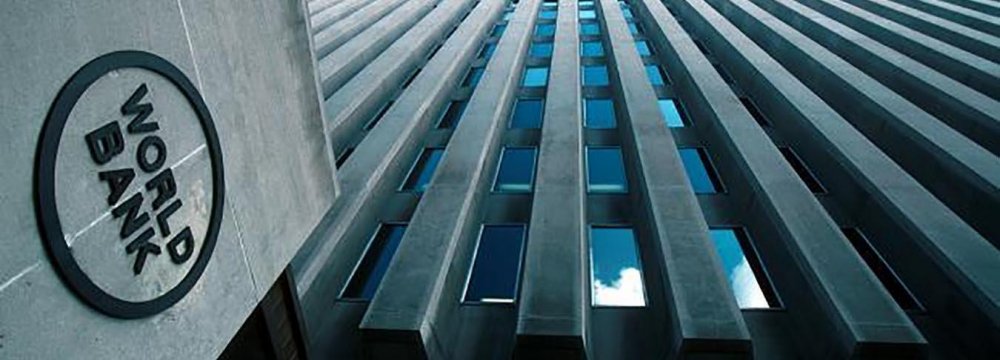


Trump weighs using $2 billion in CHIPS Act funding for critical minerals

Codelco cuts 2025 copper forecast after El Teniente mine collapse

Electra converts debt, launches $30M raise to jumpstart stalled cobalt refinery

Barrick’s Reko Diq in line for $410M ADB backing

Abcourt readies Sleeping Giant mill to pour first gold since 2014

Nevada army depot to serve as base for first US strategic minerals stockpile

SQM boosts lithium supply plans as prices flick higher

Viridis unveils 200Mt initial reserve for Brazil rare earth project
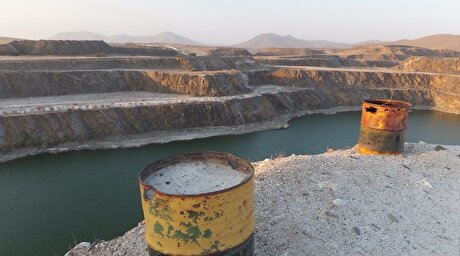
Tailings could meet much of US critical mineral demand – study
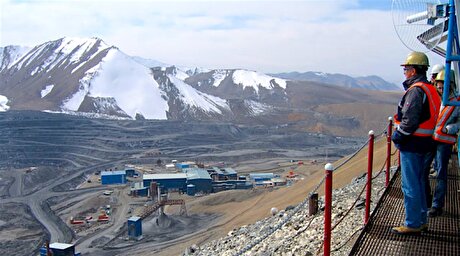
Kyrgyzstan kicks off underground gold mining at Kumtor
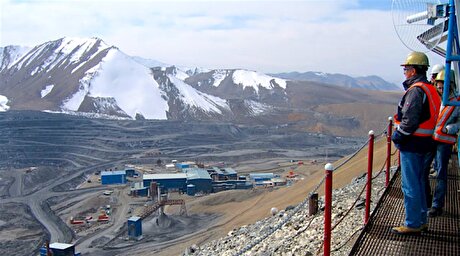
Kyrgyzstan kicks off underground gold mining at Kumtor
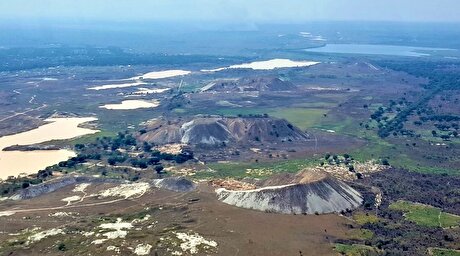
KoBold Metals granted lithium exploration rights in Congo
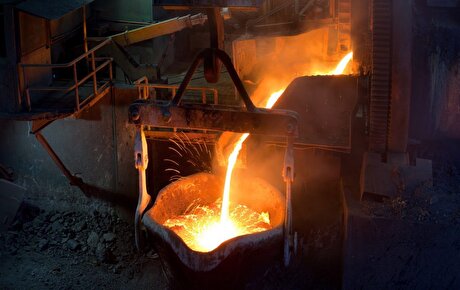
Freeport Indonesia to wrap up Gresik plant repairs by early September
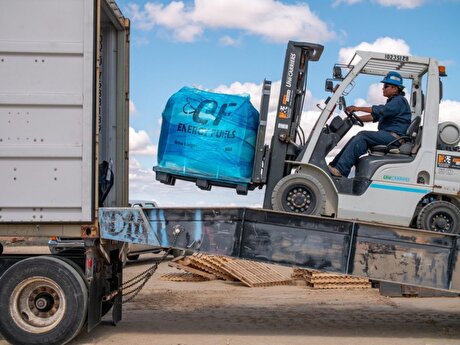
Energy Fuels soars on Vulcan Elements partnership
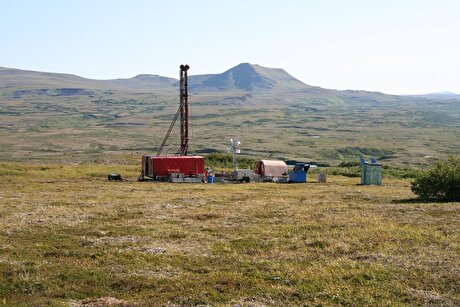
Northern Dynasty sticks to proposal in battle to lift Pebble mine veto

Giustra-backed mining firm teams up with informal miners in Colombia
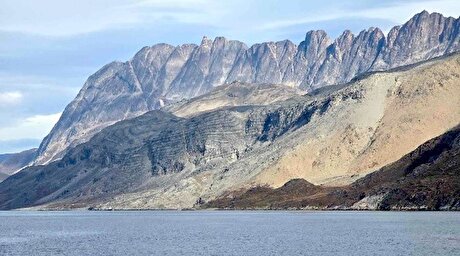
Critical Metals signs agreement to supply rare earth to US government-funded facility

China extends rare earth controls to imported material
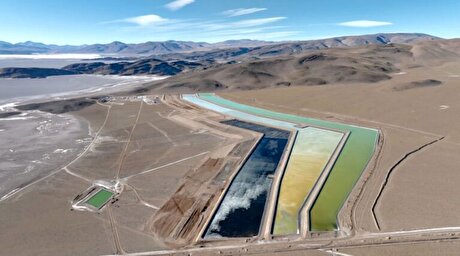
Galan Lithium proceeds with $13M financing for Argentina project

Kyrgyzstan kicks off underground gold mining at Kumtor

Freeport Indonesia to wrap up Gresik plant repairs by early September

Energy Fuels soars on Vulcan Elements partnership

Northern Dynasty sticks to proposal in battle to lift Pebble mine veto

Giustra-backed mining firm teams up with informal miners in Colombia

Critical Metals signs agreement to supply rare earth to US government-funded facility

China extends rare earth controls to imported material

Galan Lithium proceeds with $13M financing for Argentina project

Silver price touches $39 as market weighs rate cut outlook


